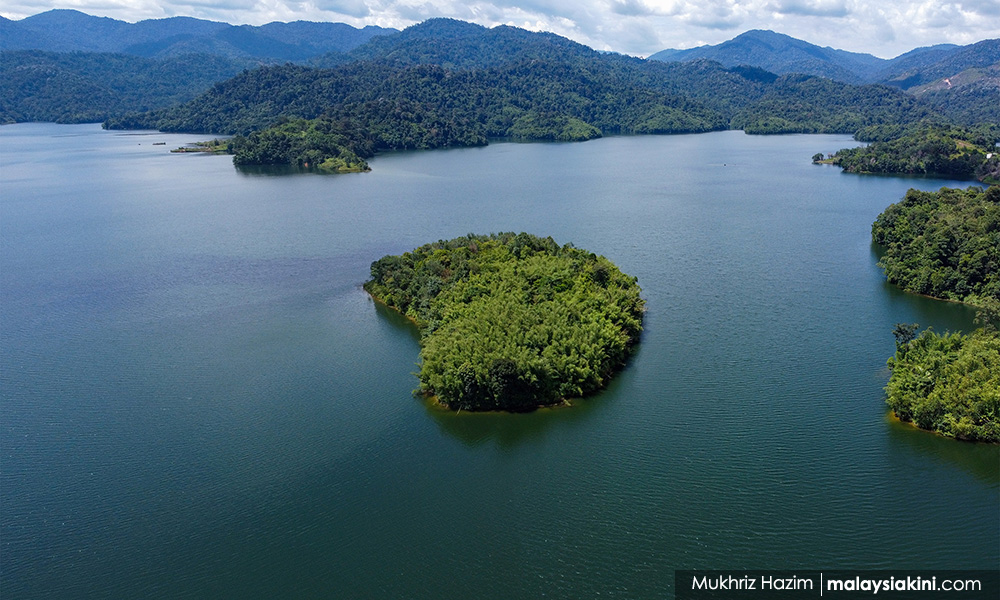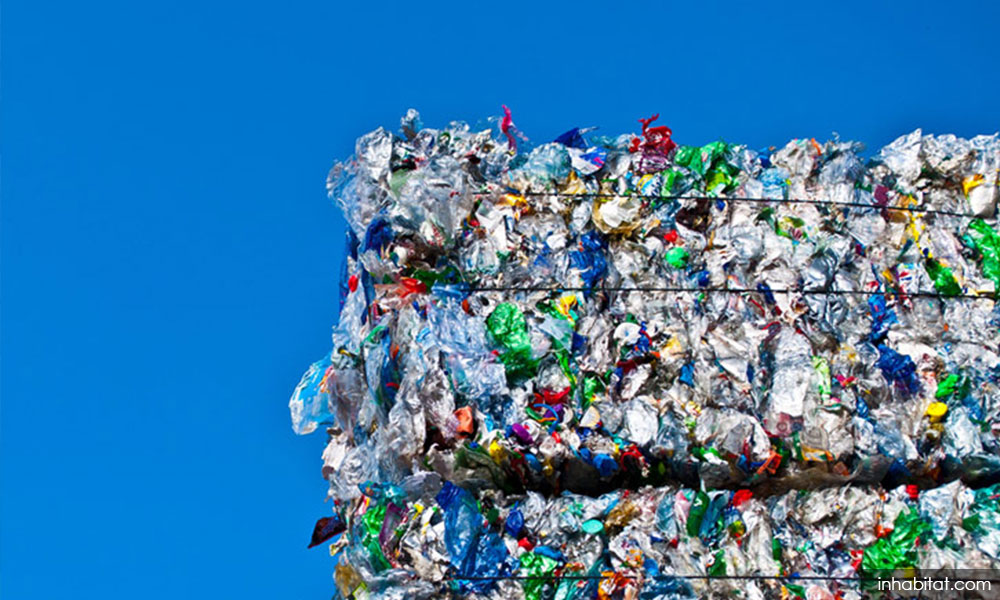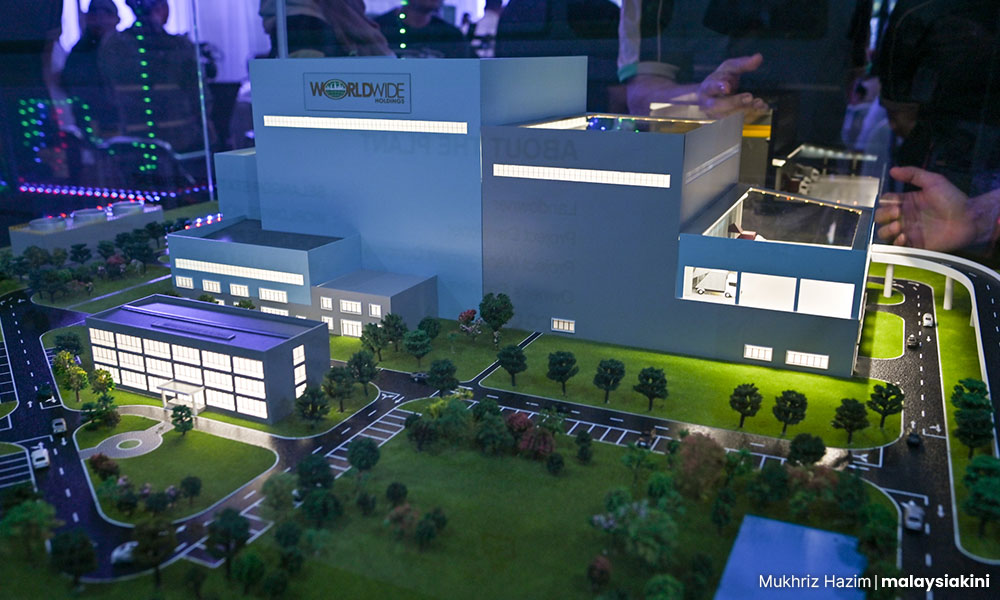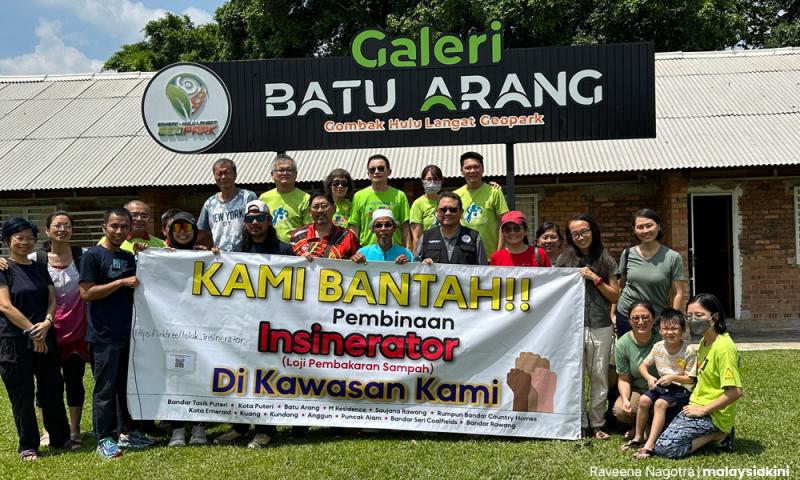LETTER | Better for S'gor to separate waste, recycle, than incinerate
LETTER | The proposed waste-to-energy (WTE) incinerator in Batu Arang, Gombak, is drawing much opposition and protests from residents, unlike the one in Jeram which is being built before any adverse publicity could stall the project.
Incinerators create a lot of controversy worldwide due to the air pollution and nauseating odour, especially in the immediate surroundings.
According to a World Health Organization (WHO) report, air pollution is estimated to cause about 29 percent of lung cancer deaths.
This is the reason why the residents and their supporters are up in arms against the Selangor government’s proposal.
Unlike the one in Jeram where the air-borne particles could be blown towards the sea, the one proposed in Batu Arang is more problematic as the air-borne pollutants could settle in the nearby areas and forests, which are drained by the Selangor River heading towards the water intake stations in Ijok for treatment and purification.
These pollutants will be an additional problem, as much of Selangor depends on the river for its drinking needs.

Malaysia is not so hard up to the extent that it has no alternatives or is so financially constrained that it has to draw energy from waste and polluting rubbish.
The Selangor government is taking the easy way out by not insisting on the separation of rubbish at the source - households and commercial premises - which can drastically reduce the volume of rubbish sent to the landfills.
The most important point here is to reduce, to the largest extent possible, the rubbish disposed of daily in the state. This is a state which prides itself as a developed state as announced by former menteri besar Khir Toyo in 2005. But it still maintains a Third World mentality.
With the state’s rapidly growing population, including migrant workers, rubbish separation has to be undertaken seriously and compulsorily or it will be a losing battle to stop more incinerators from being built.
Prioritise recycling
One needs to observe the large amounts of garbage disposed by households and business premises, and the urgent need for a waste separation scheme in the state.

One sees huge volumes of plastic bottles, various kinds of glass and bottles, plastics, cardboard and paper, as well as packaging materials. Only a small percentage of these are recycled. The rest goes to the landfill where they are buried underground.
The local authorities and the executive councillor for local government need to view this problem seriously and find solutions, instead of being content with the status quo.
There is a need for the state to draw long-term recycling plans in coordination with experts and with those in the recycling industry.
The recycling industry can be assisted in various ways by the government, especially by introducing innovative technology.
Impact on northern districts
There are also reasonable grounds, as the residents insist, that the incinerator will hurt the future growth of the state’s northern districts such as Gombak, Hulu Selangor, Tanjung Karang, Kuala Selangor, and Sabak Bernam.
With the southern districts of Selangor almost fully developed, the next springboard for development will be the pristine northern sector of Selangor.
This northern corridor has vast potential and should not be ruined by the incinerator.

Remember what happened to the much-hyped Lembah Beringin township when the proposal for a new international airport, which was expected to be located in one of the northern districts, failed to materialise? Sepang was chosen instead.
The incinerator will have the same negative effect on future development in the area. If at all an incinerator has to be built, why not build it close to the large Bukit Tagar landfill? It will be more sensible to confine the pollution in one spot instead of dispersing the problem into many areas.
Batu Arang has been designated as a heritage town and has much potential as a tourist destination in the future.
What Batu Arang needs is good planning and investments by the state including the straightening of the Rawang-Bandar Bestari road and sprucing up existing tourist attractions, not leachate-spilled roads that will be a major drawback for the resurgence of the colonial town, which has not yet recovered from the shutdown of the coal mines after the Second World War.
The views expressed here are those of the author/contributor and do not necessarily represent the views of Malaysiakini.
RM12.50 / month
- Unlimited access to award-winning journalism
- Comment and share your opinions on all our articles
- Gift interesting stories to your friends
- Tax deductable
